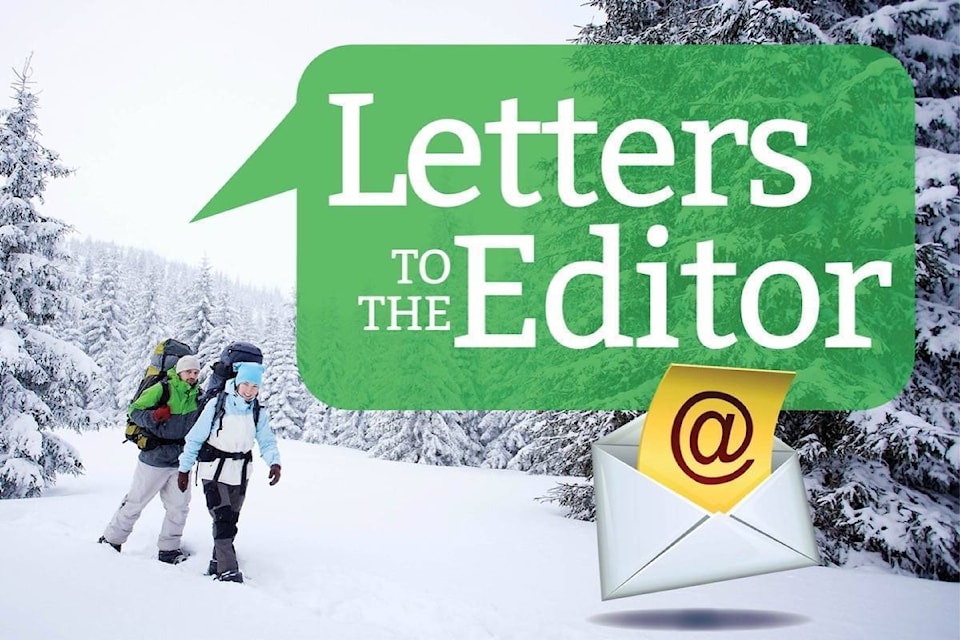Time to do away with free-entry staking
For several months, an independent panel has been working on a process called the Yukon Mineral Development Strategy (YMDS). Like many, I see it as an opportunity to create a vision for better mining in the Yukon. As the process has unfolded, I’ve wondered if it’s possible to balance mining with a thriving environment. I think it is.
But if we want to achieve this balance, we need to confront the elephant in the room. Free-entry staking is holding us back.
Free-entry staking is a system whereby you can visit any area that is open to mining (e.g. it’s not a park, under a temporary withdrawal or First Nation Settlement A Land), put a literal stake in the ground and claim the rights to mine in that area, unless someone else got there sooner. It’s a process that some consider to be a part of the Yukon identity, but like bell bottom jeans, we need to accept that it belongs in the past.
I’ve been thinking a lot about free-entry staking ever since someone said something to me that I haven’t been able to shake. They said, “free-entry staking is the ultimate expression of terra nullius.” That is the colonial concept that all the land in Canada was unoccupied and therefore unused. It’s the idea that the best possible use of the land is always to be occupied and “improved”.
I think it is time for the Yukon to follow the lead of almost every other advanced economy in the world by designing a modern system that does not ignore millennia of stewardship by First Nations Peoples and which understands the importance of preserving nature.
Since the launch of the YMDS, I’ve realized that many people share this view. The Carcross/Tagish First Nation called to end free-entry staking. In a joint submission, Vuntut Gwitchin First Nation, Tr’ondëk Hwëch’in and Na-Cho Nyäk Dun described free-entry staking in the absence of a land use plan as, “inconsistent with the spirit and intent of our Final Agreement and a collaborative government-to-government relationship.”
I know there are people reading this who might dismiss my point of view, especially because I belong to an environmental group. But ending free-entry staking would benefit everyone, including those in the mining industry. A process that involves First Nations at every stage of the conversation would help create certainty for proponents, who would know at the earliest stages of a project whether there was community support. This would mean no more situations where projects are delayed indefinitely, like the ATAC project in the Beaver River Watershed.
It would also, somewhat counterintuitively, open up more of the territory to mining. At this time, some 10 per cent of the Yukon has been staked, but there are only a handful of operating hard-rock mines. In many cases, this is because the people who “own” the claim don’t have the resources or time to develop it. A system with more turnover could result in more projects moving forward.
It is this position that I will be sharing in my upcoming submission to the Yukon Mineral Development Strategy by Aug. 31. It’s my call for a better future for the Yukon. Whether you agree with me or not, I hope that you will participate too.
Chris Rider
Executive director, CPAWS Yukon
Whitehorse
